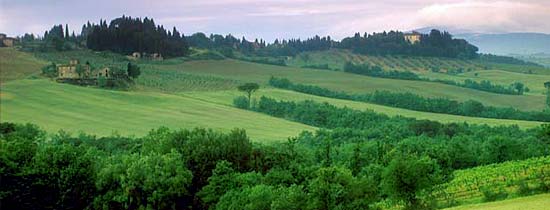Capodanno, New Years Day, is a national holiday throughout Italy. So, that will be the day after New Years Eve. Possibly hung-over? First thing you should eat when feeling slightly hung-over is stuffed pigs foot. Traditionally eaten with lentils – said to represent money and to get your year off to a fine start – the Zampone is taken very seriously in the town of its origin, Modena – the annual ‘Super Zampone’ contest is a serious one. If the lentils don’t make you feel lucky, then make sure you start off the New Year wearing red underwear, another guarantee of a good year ahead. Honest.
Epiphany, on January sixth, is another national holiday and another day of presents for the good children and lumps of coal for the not so good ones. La Befana is the woman who refused a roof to the Three Wise Men, and the night before Epiphany sees her abroad on her broomstick, searching all over for the new-born Gesu Bambino.
Lucca has a large antiques market (centered around Piazza San Giusto and Piazza Antelminelli) on the third Sunday (and preceding Saturday) of every month. There is also a craft fair, again in and around Piazza San Giusto, on the last Sunday (and preceding Saturday) of every month.
Arezzo has an enormous antiques market on the first Sunday (and preceding Saturday) of every month, centered around Piazza Grande and Piazza Vasari.
Florence has its antique market on the last Sunday of every month in Piazza dei Ciompi.
Late January is Carnival time! Rain time! Carnival is celebrated throughout Italy from the middle of January until ‘Martedi Grasso’, the day before Ash Wednesday. The most celebrated carnival is the one in Viareggio which is certainly the largest in Italy – it also claims to be the oldest, although Arezzo also has claims on that crown – and is probably the largest in Europe. Every Sunday the seafront at Viareggio is host to a huge parade of enormous floats – constructed from papier-mâché. These carri are animated, complicated and often cruelly cynical of Italian politicians and celebrities. Most small towns and villages throughout Tuscany have some sort of carnival celebration, with costumes, confetti and traditional food and drink.
As you can see visiting Tuscany in January can be an exciting experience and you won’t run in to too many tourists!

0 Comments